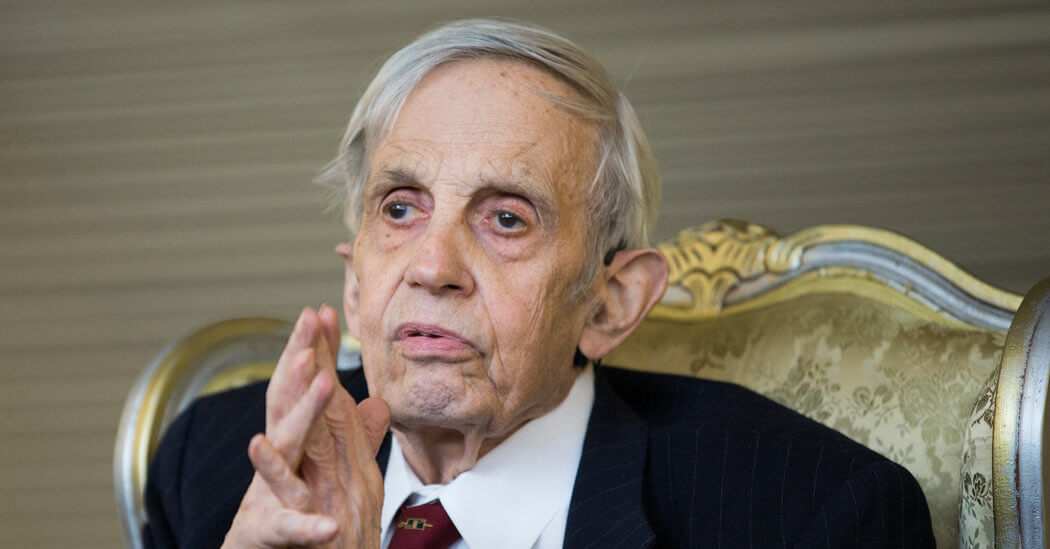
I was saddened to read that Dr. Nash and his wife died in a car accident over the weekend. So many of his colleagues noted that he didn’t publish much but what he did was a powerful body of work.
The Nash Equilibrium…is where the competitors converge on an outcome based on the valued outcomes of the game; a type of stable optimum.
The Nash Equilibrium…is where the competitors converge on an outcome based on the valued outcomes of the game; a type of stable optimum.
The complexity and sophistication of game theory was dramatically advanced by the Nash Equilibrium. It got me thinking again about it in terms of understanding in situations with competing needs and differing values of outcomes.
The Nash Equilibrium, in my rudimentary understanding, is where the competitors converge on an outcome based on the valued outcomes of the game; a type of stable optimum. The frequently used example of the Prisoner’s Dilemma is often used.
Change Movements
Let’s briefly focus on the idea of a Nash Equilibrium during a change movement (in society or in a company), where many people can converge on a solution or disperse to all sorts of activities.
Clarity and alignment are achieved (whether it was the outcome your wanted or not is irrelevant) when many people converge on a particular solution – A Nash Equilibrium. Many times we desire this outcome so it is clear what is going on even if it isn’t the solution we wanted.
Valuing Equally
Bringing about this equilibrium depends on people valuing the same thing, roughly equally. It also needs people to be able to interact repeatedly over time to correct errors and get to the same place as everyone else.
That said, when we find ourselves trying to drive a particular solution there might be a Nash Equilibrium between us and our desired outcome. Being aware of this saves a lot of frustration.
Also bear in mind that aligning people’s values accelerates this convergence. Many times we’re in such a rush we toss out a goal and expect that everyone values the goal enough to chase it. The more the change moves away from the status quo, the less likely this is to be true. People highly value the known they are good at. They draw comfort, strength and success as they achieve perfection.
The other problem with time pressure is that it reduces the number of times people can interact to correct their errors in judging outcomes to get better at “playing the game”. Nash Equilibriums are very real, useful and rarely are seen when people interact once or rarely. This convergence needs many interactions which usually translates to more time.
Summary
Change efforts benefit by understanding and moving toward a Nash Equilibrium (there could be more than one!). In order to do this efficiently and effectively without a whole lot of game theory analysis remember the following because a Nash Equilibrium helps convergence:
- The equilibrium may not meet your goal, so build a robust goal and allow for updating to realities.
- Work to surface and align people’s values toward the goal to facilitate reaching the equilibrium and provide some insight about where it is.
- The more complex the change, the more interactions people need to converge and align. Therefore, time pressure is rarely a useful motivator and likely works against reaching a convergence.
Source: Explaining a Cornerstone of Game Theory: John Nash’s Equilibrium
